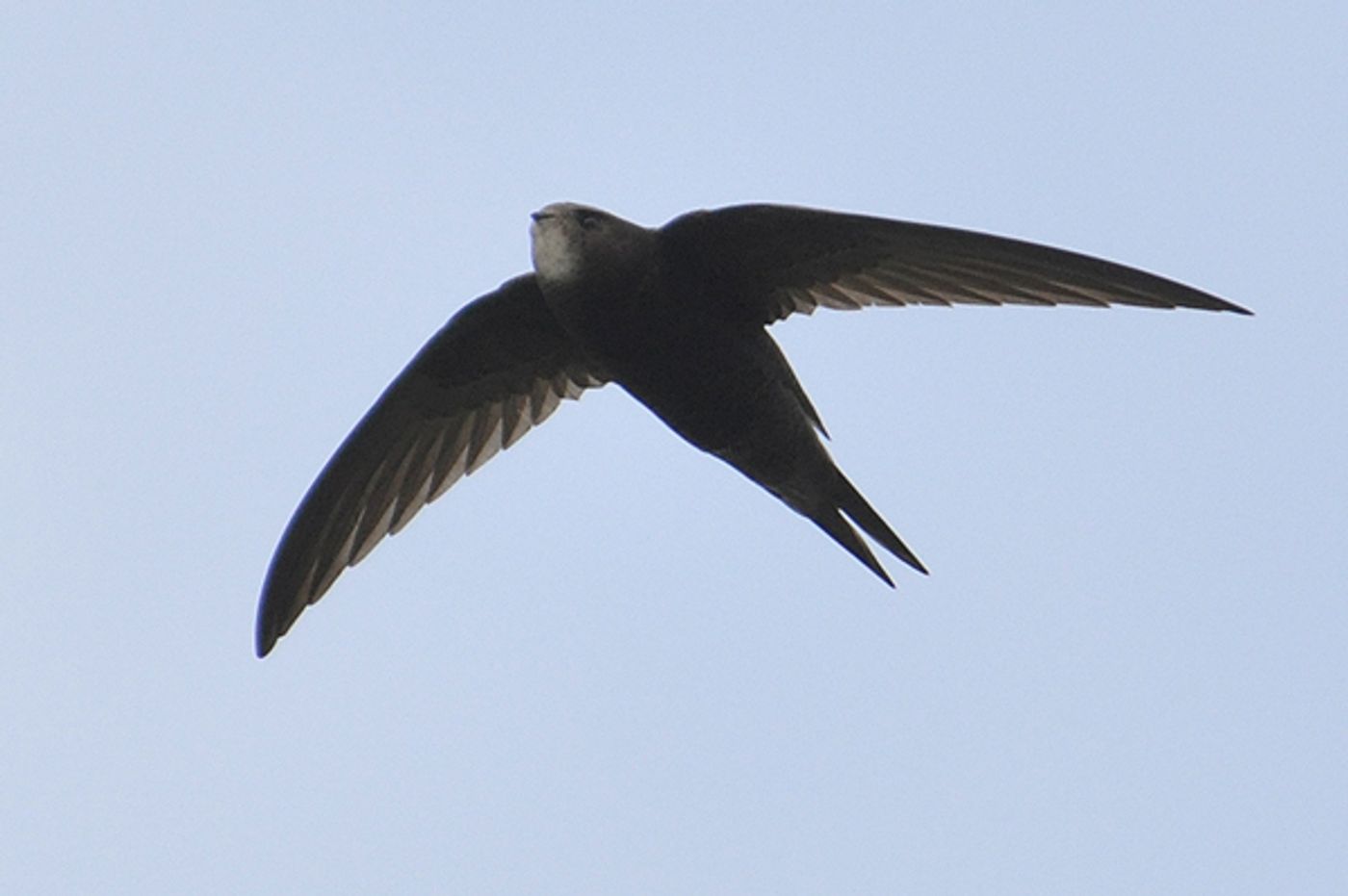Common Swifts Can Fly for 10 Months Straight Without Landing
If you were a bird o you think you could flap your wings for 10 months straight without feeling tired?
A new study carried out by Swedish researchers from Lund University have found that the common swift may spend up to 10 months at a time flying in the air, a current world record. The vast majority spend all their time in the air, while only a select few would ever come down to land and it would only be for a very brief amount of time.

The researchers’ findings appear in Current Biology.
The data was collected with what the researchers call small “backpacks,” which are essentially tiny sensors that relay real-time data to the researchers while the birds go about their business. The backpack weighs less than a gram, and contains important sensors like accelerometers for detecting movement, GPS tracking for tracking, and more.
These were attached to 13 test subjects, who were then released back into the wild with the equipment fastened to them as a part of the study.
One might wonder how 10 months of flight at a time is possible, given the kind of energy that would be required to stay in flight so long against the constant downward force of gravity, but it turns out that there’s a logical explanation for it.
Once birds climb to a certain altitude, not a whole lot of wing flapping is really required anymore. The headwinds are strong enough to give the birds a way to glide without flapping their wings, and because this is a low-energy state of flying, the birds can also nap in mid-air during this time while remaining airborne.
“Common swifts have evolved to be very efficient flyers, with streamlined body shapes and long and narrow wings, generating lift force at low cost,” says Anders Hedenström, a co-author of the study. “These birds seem to have found a trick through evolution that allows them to get by on far less sleep.”
The study goes to show not only that birds can stay in flight for extended periods of time we never thought possible, but also that technology is shrinking to such small and versatile sizes today that this kind of animal tracking is becoming increasingly possible.
Source: Nature, National Geographic








